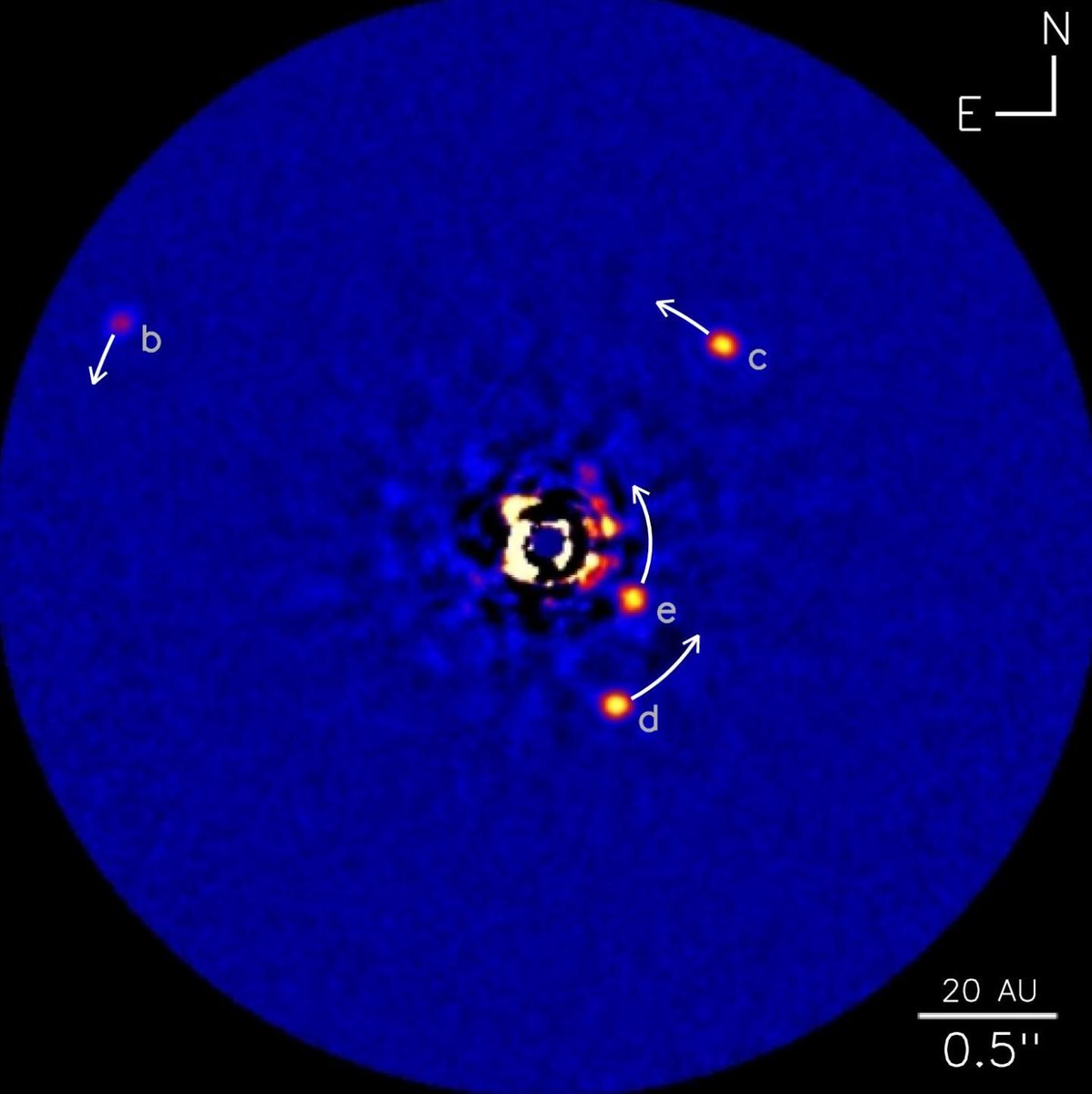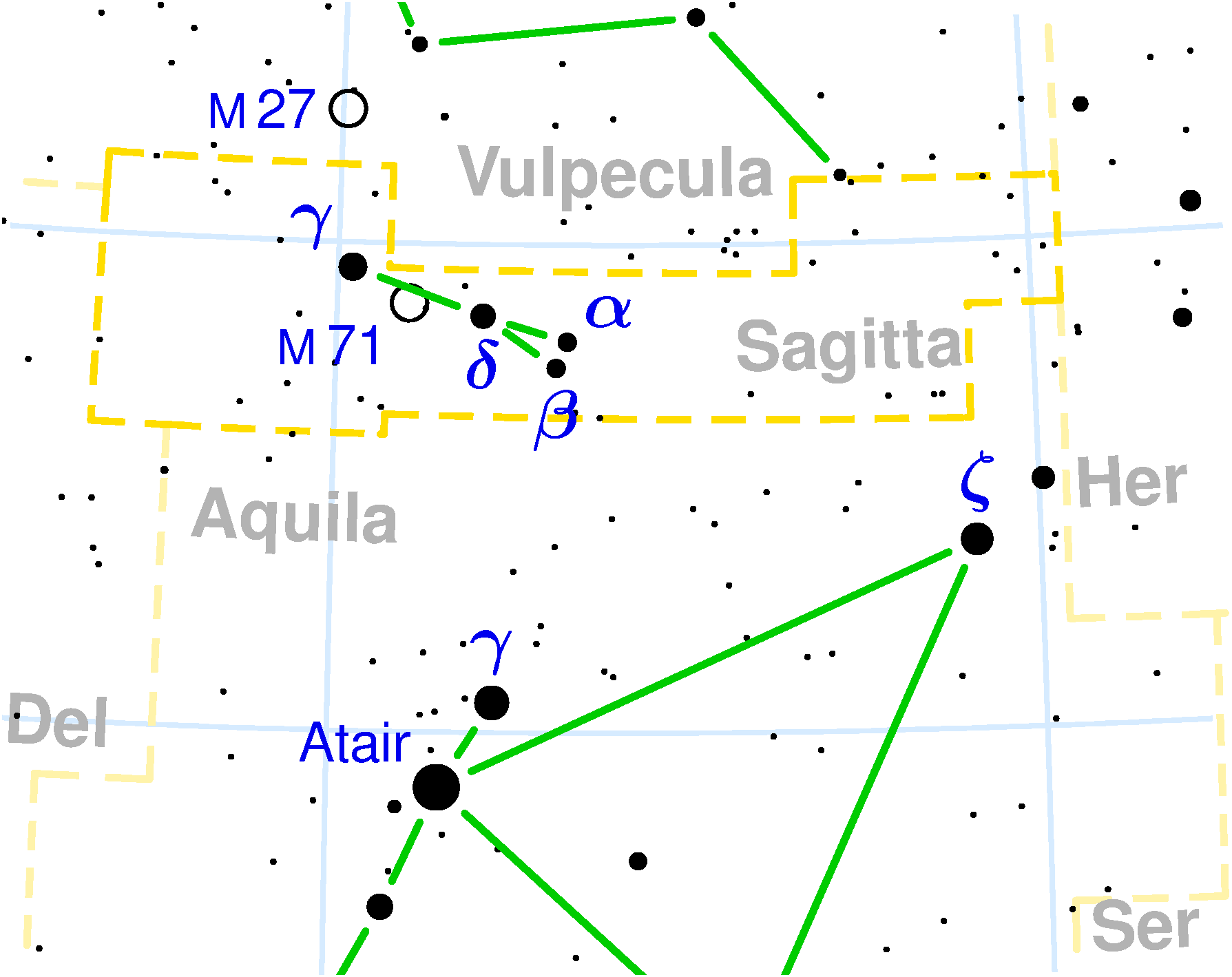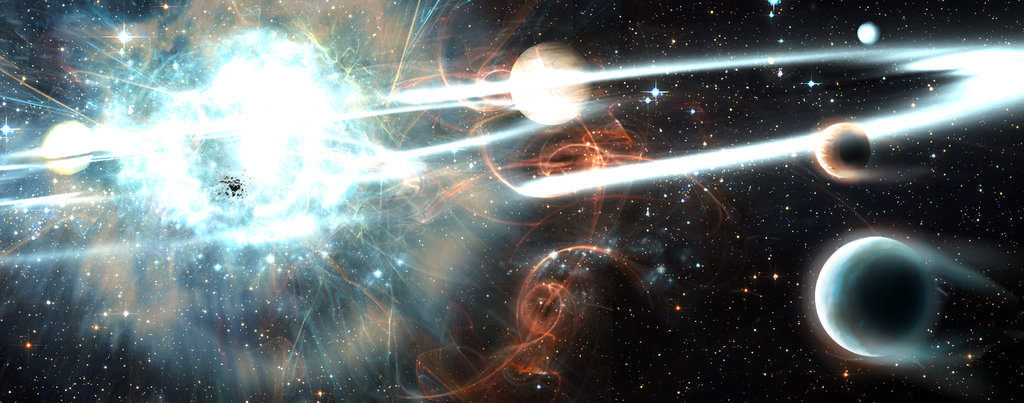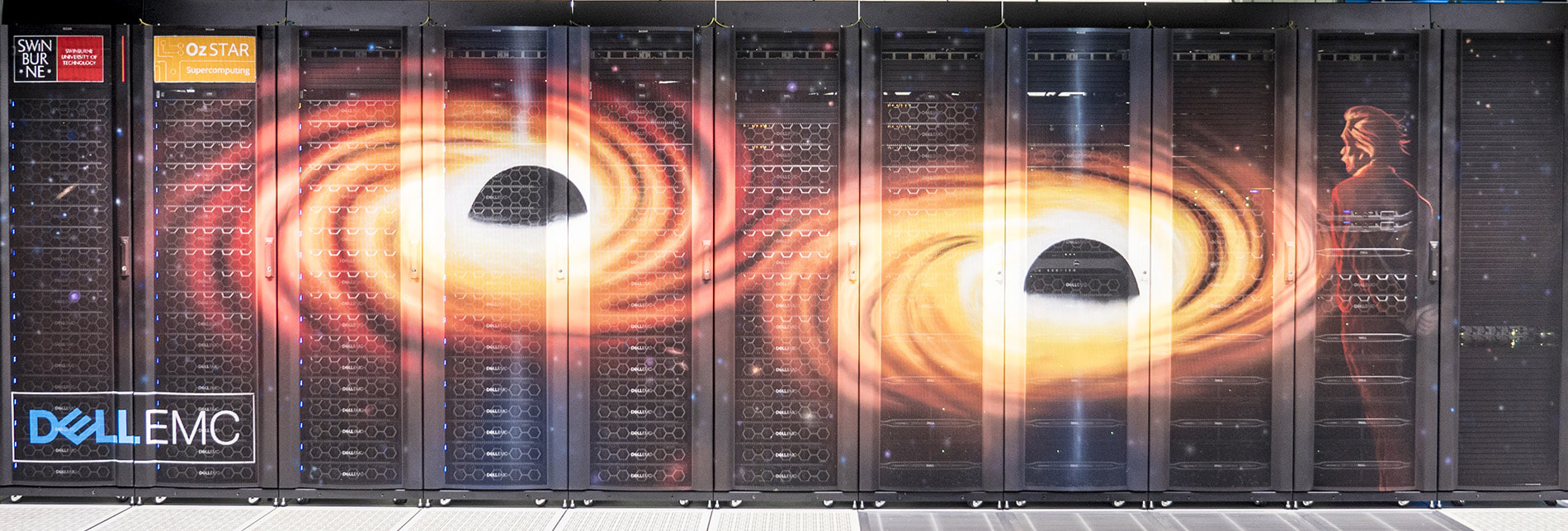Astronomy is one of humanity’s oldest obsessions, reaching back all the way to prehistoric times. Long before the Scientific Revolution taught us that the Sun is at the center of the Solar System, or modern astronomy revealed the true extend of our galaxy and the Universe, ancient peoples were looking up at the night sky and finding patterns in the stars.
For some time, scholars believed that an understanding of complex astronomical phenomena (like the precession of the equinoxes) did not predate the ancient Greeks. However, researchers from the Universities of Edinburgh and Kent recently revealed findings that show how ancient cave paintings that date back to 40,000 years ago may in fact be astronomical calendars that monitored the equinoxes and kept track of major events.










